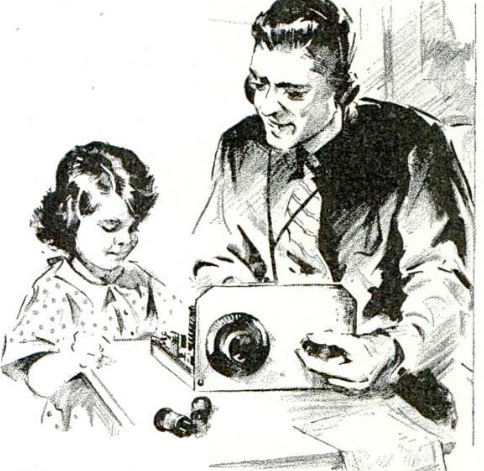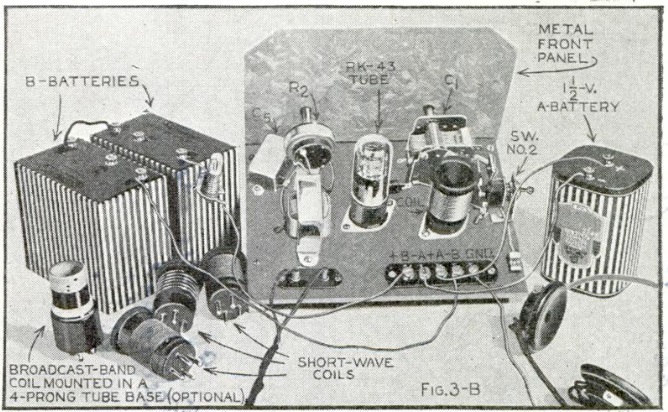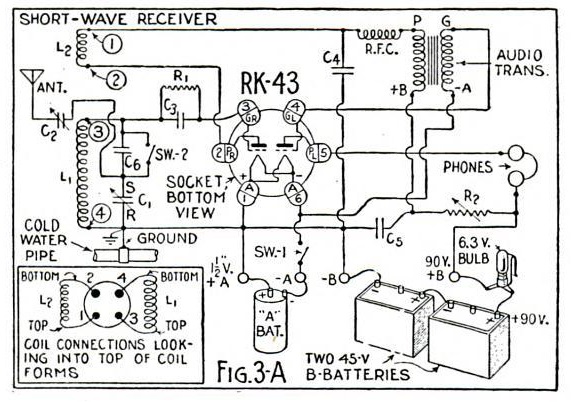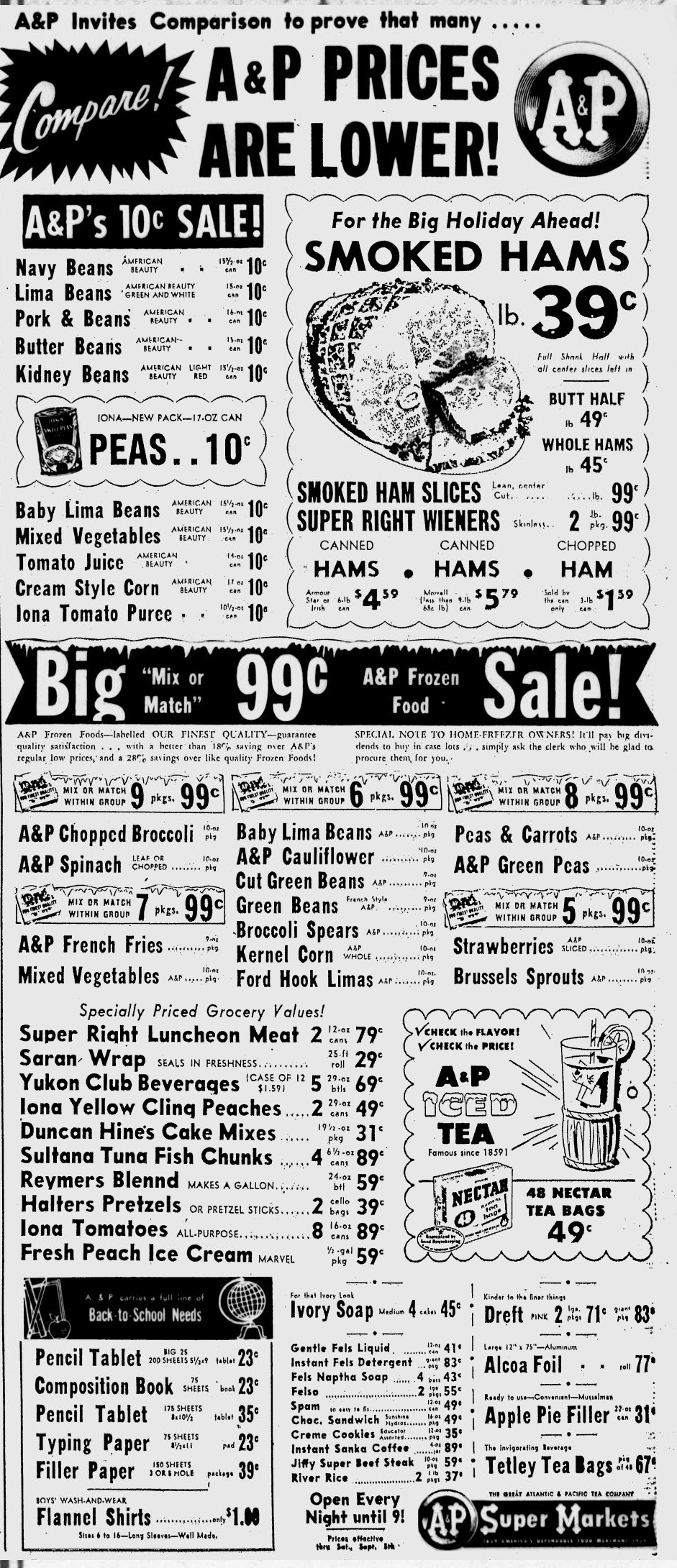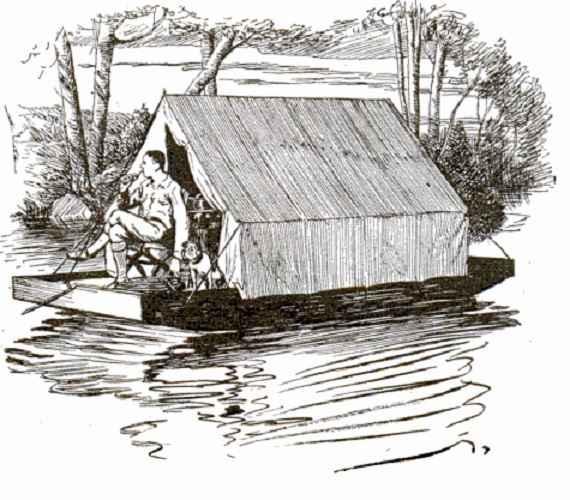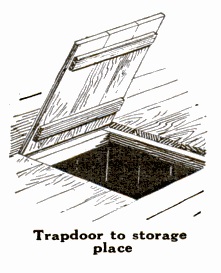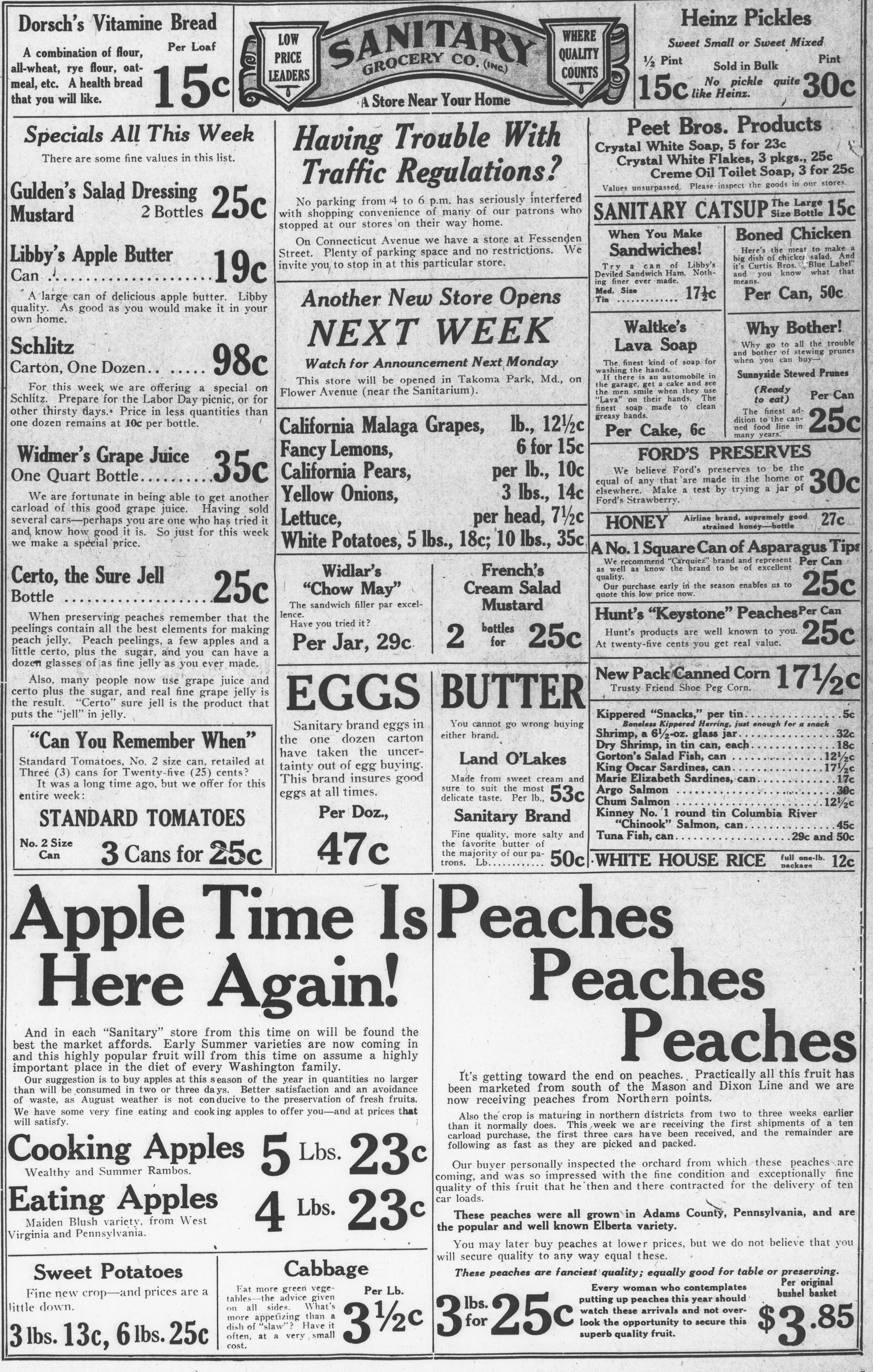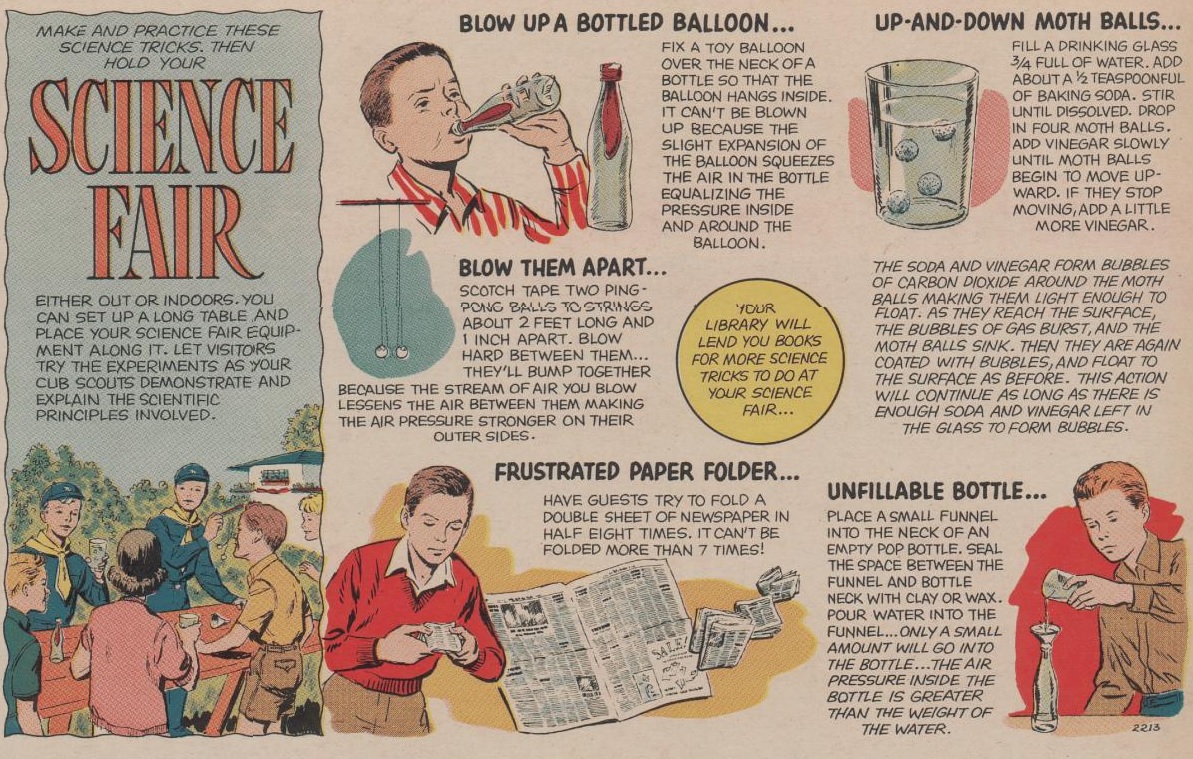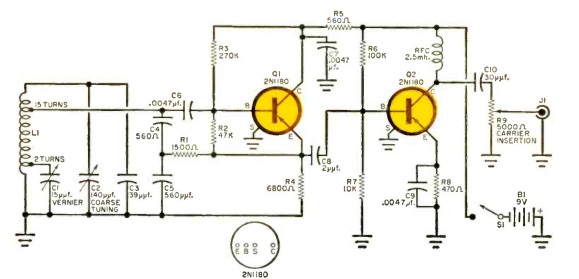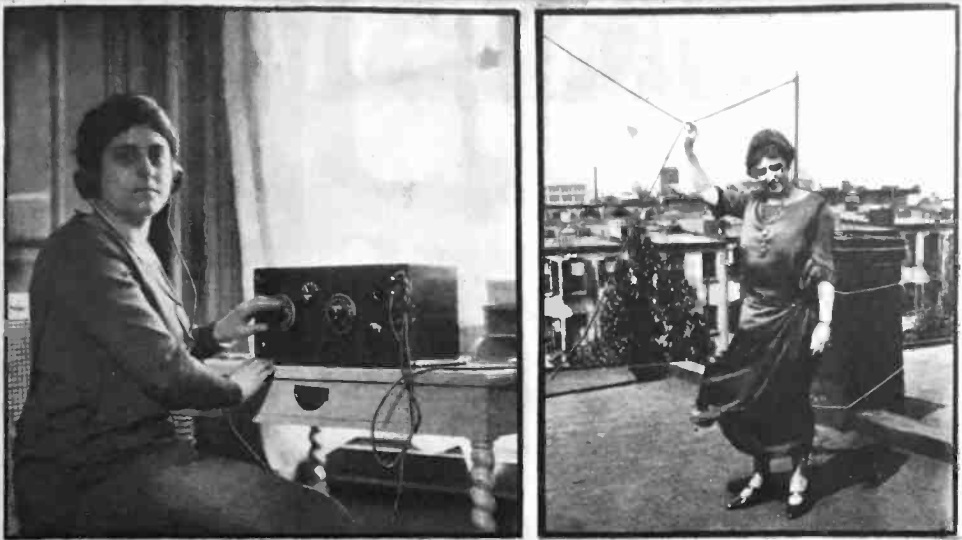 Shown here is Miss Dorothy Benkeser, from the August 1923 issue of Science and Invention, , in which she described building her first radio set. When she decided to make a radio, she told a friend (presumably male), and was told “when you need my help, just call me up.” She vowed not to call him, no matter how much assistance she needed.
Shown here is Miss Dorothy Benkeser, from the August 1923 issue of Science and Invention, , in which she described building her first radio set. When she decided to make a radio, she told a friend (presumably male), and was told “when you need my help, just call me up.” She vowed not to call him, no matter how much assistance she needed.
She bought the parts, and managed to put it together. She had only the tools from her mother’s sewing machine, which seemed to get the job done, until soldering was needed. For that, she tried using a curling iron, the type which was heated up on a stove. While she was able to do some soldering after it got red hot, it didn’t prove completely satisfactory. Eventually, she borrowed an alcohol powered iron, and got the job complete.
She had another friend help with the antenna:
In order to attach one of the poles, I tried to climb on a little ledge which is a good deal higher than the rest of the roof and quite near the edge. My friend told me it was very foolish to do this for the house was old and she thought any part of it might be very apt to become detached and besides, she didn’t think the chimney was a safe thing to hold on. I asked her if
she were making any reference to my weight and told her to “unhand me” for I was very confident the chimney was strong enough to hold me. This she refused to do and I was struggling to get away from her and to pull myself up when the piece of the chimney which I held gave way and had she not held me, I should most likely have landed on the cold and unsympathetic pavement three or four stories below.
She reports that the set had been in service for about two months, and picked up distant stations with little difficulty. She concluded with, “no, I do not wear overalls.”
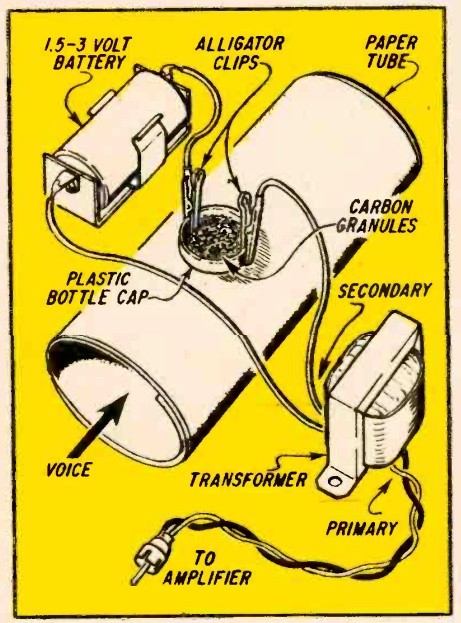 We’ve previously shown (here, here, here, and here) other homemade microphones. This idea for a carbon mike appeared in Electronics Illustrated, September 1963. The mike element itself is made of carbon granules. These are obtained by cutting open an old carbon-zinc battery and removing the carbon rod.
We’ve previously shown (here, here, here, and here) other homemade microphones. This idea for a carbon mike appeared in Electronics Illustrated, September 1963. The mike element itself is made of carbon granules. These are obtained by cutting open an old carbon-zinc battery and removing the carbon rod.


